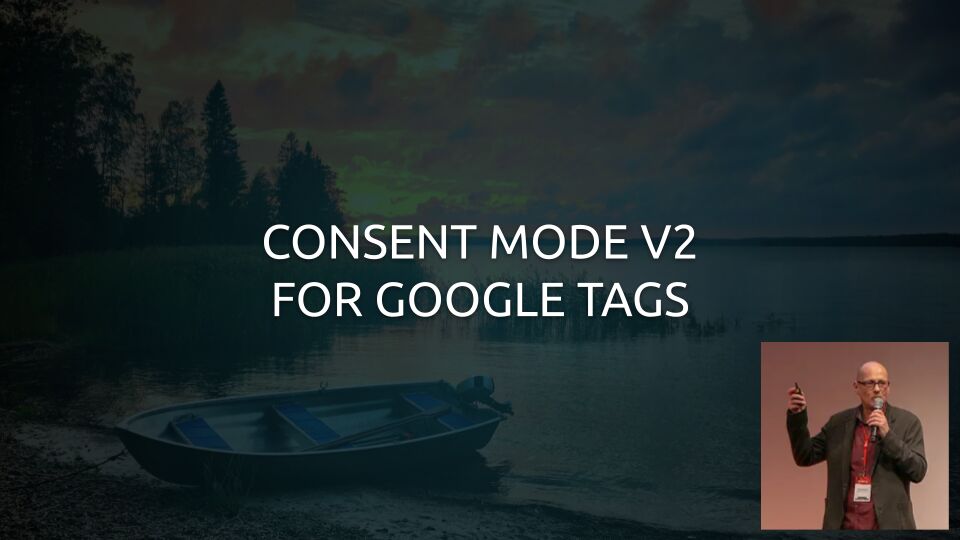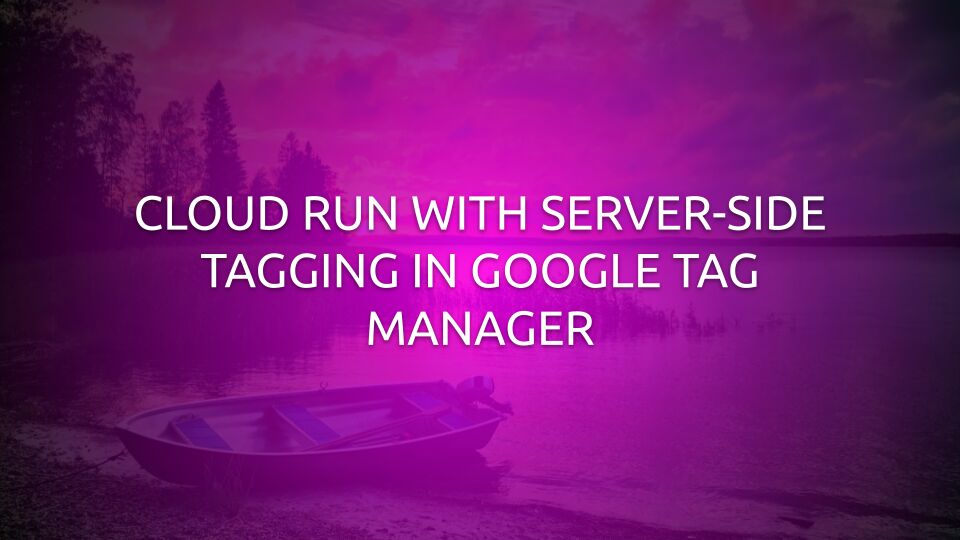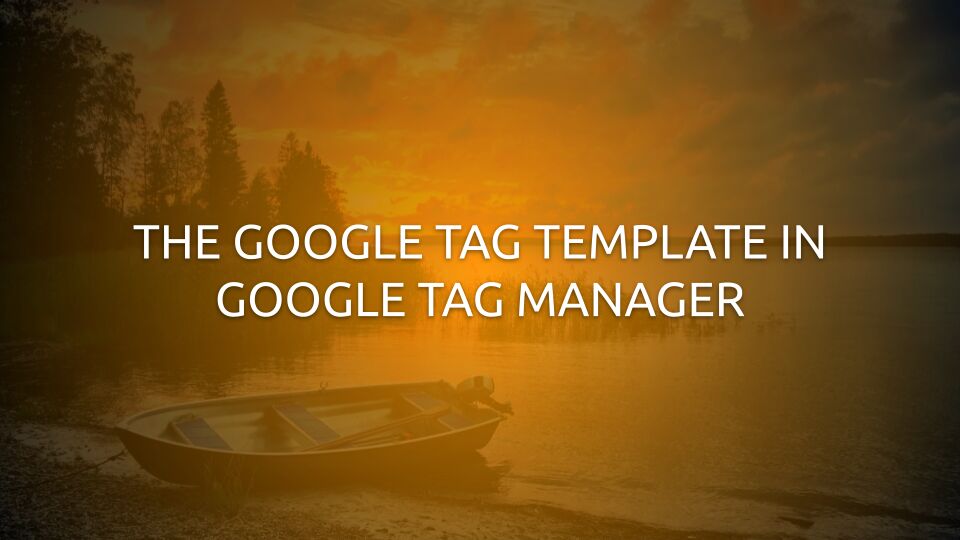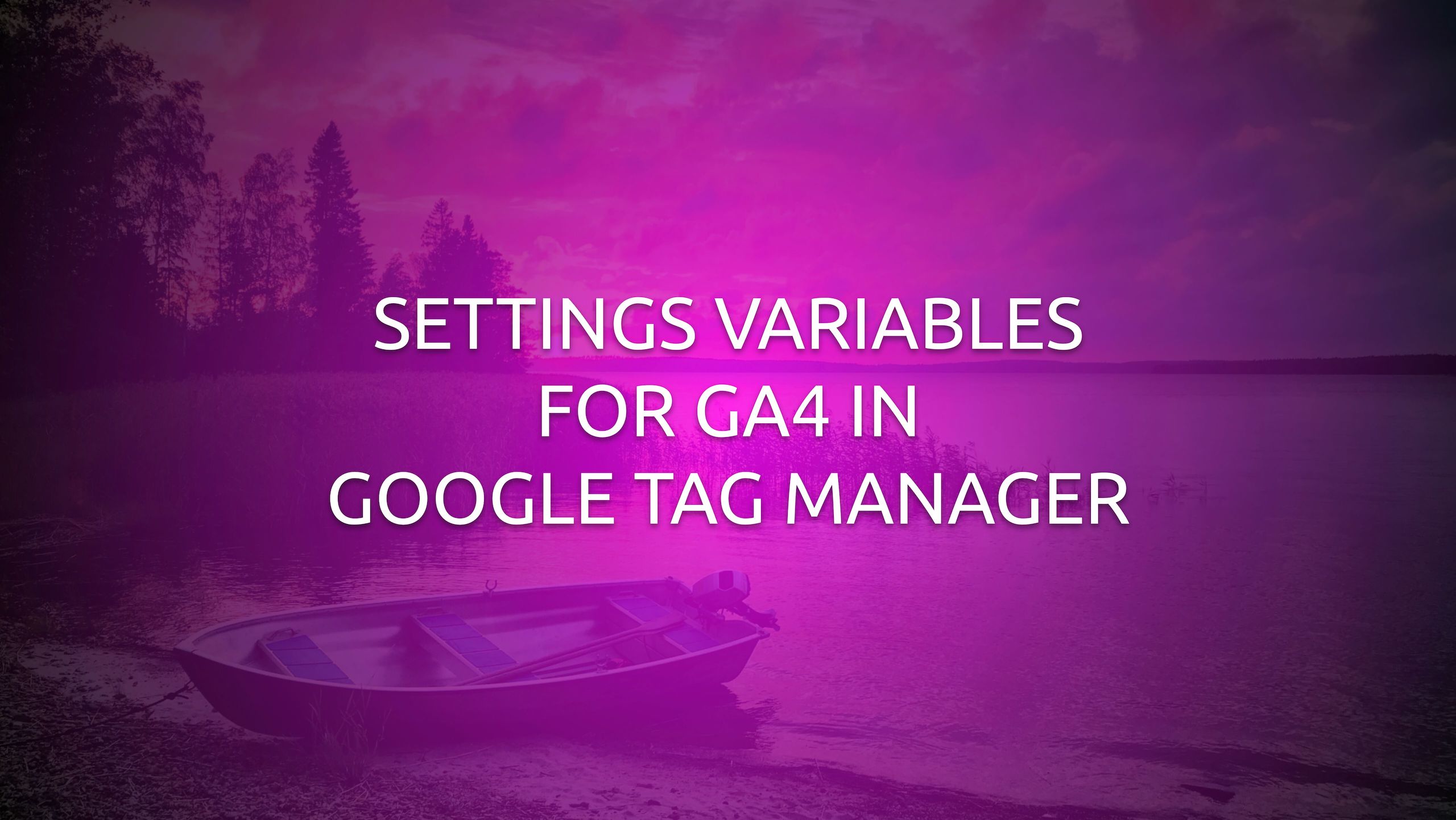Simmer has just released the Technical Marketing Handbook.
It’s a free online resource, formatted as a mini-course, designed to walk the reader through the different disciplines and concepts that fall under the banner of “technical marketing”. And yes, we spend the introductory chapter explaining what that term means to us.
In total, we wrote 9 chapters, each with 3 topics, for a total of around 77,000 words. For reference, that’s about as many words as in the first Harry Potter novel.







